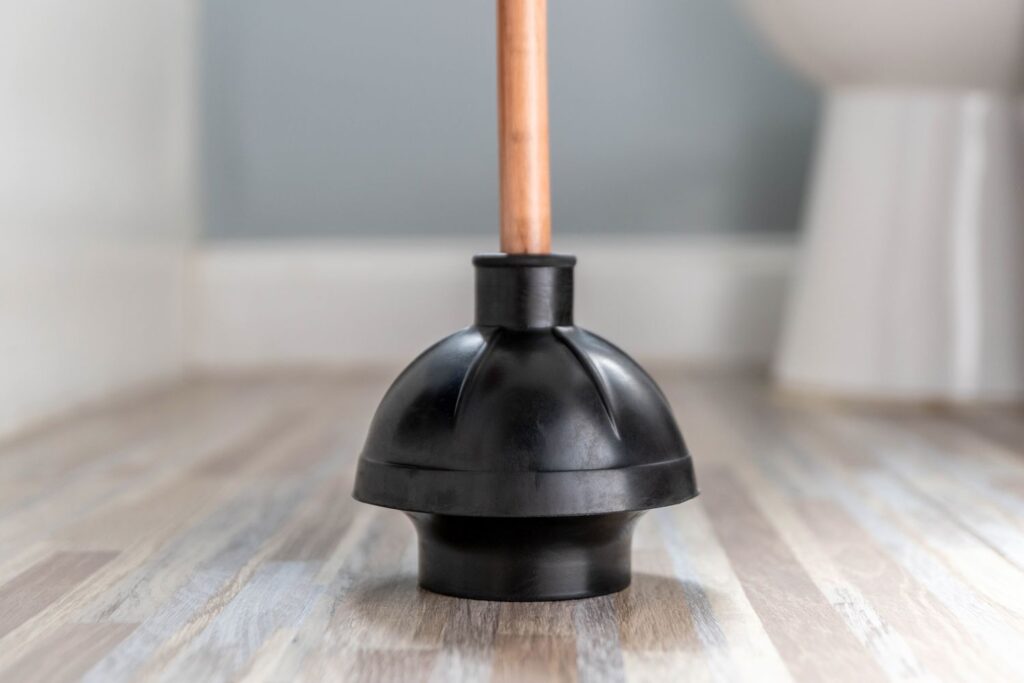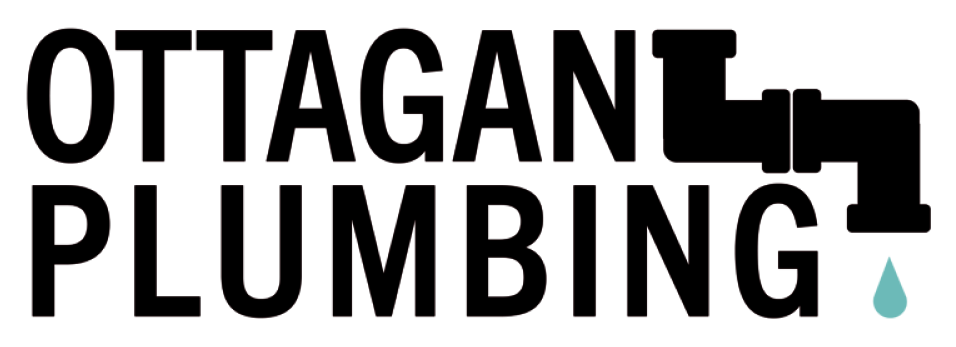
Clogged toilets happen. It’s one of those everyday problems nobody likes to talk about, but everybody has to deal with. Knowing how to use a toilet plunger properly can save you time, money, and embarrassment. Here’s how to get it done efficiently.
1.Choose the Right Plunger
Not all plungers are created equal. The best plunger for a toilet is a flange plunger. It has an extra rubber flap that folds out from the cup and fits snugly into the toilet drain. If you’re using a flat-cup plunger (the kind made for sinks), you’ll struggle. Get a flange plunger and keep it clean and handy.
2.Prep the Area
Things can get messy. Put on rubber gloves. Lay down old towels or paper towels around the base of the toilet to catch any spills. Make sure the toilet bowl isn’t overly full; if it’s close to the rim, remove some water with a small container and dump it into a bucket.
3.Warm Up the Plunger
If your plunger has been sitting unused for a while, run it under hot water to soften the rubber. This makes it more flexible and helps it form a better seal.
4.Create a Good Seal
Insert the plunger into the toilet bowl and fit the flange into the drain opening. The cup should cover the hole completely, and the flange should sit inside. Make sure you have enough water in the bowl to cover the rubber cup – plunging in air won’t create the suction you need.
5.Plunge with Purpose
Grip the handle firmly with both hands. Start with a gentle push to expel air, then plunge with strong, controlled movements. Push down and pull up with force but keep the plunger’s seal intact. Do this for about 15-20 seconds.
6.Check the Result
After a few rounds of plunging, lift the plunger and see if the water drains. If it drains slowly, repeat the process. If it flushes normally, you’re good.
7.Clean Up
Once the clog is gone, disinfect your plunger. Rinse it with hot water, then soak it in a disinfectant solution or spray it thoroughly with disinfectant. Let it dry before putting it away. Wipe down the toilet and surrounding area.
8.If It’s Still Clogged
If plunging doesn’t work after several attempts, it might be time to call Ottagan Plumbing. Avoid using chemical drain cleaners – they can damage your plumbing and make future repairs more difficult.
Quick Tips to Avoid Clogs
- Don’t flush any thing other than waste and toilet paper.
- Use less toilet paper if you have a low-flow toilet.
- Regularly inspect for slow drains before they turn into full blockages.
Bottom Line
Using a toilet plunger is simple but requires the right tool and the right technique. Keep a flange plunger in your bathroom, use it with confidence, and clean up afterward. Problems happen but handling them quickly and properly keeps things moving – literally.

Leave a Reply